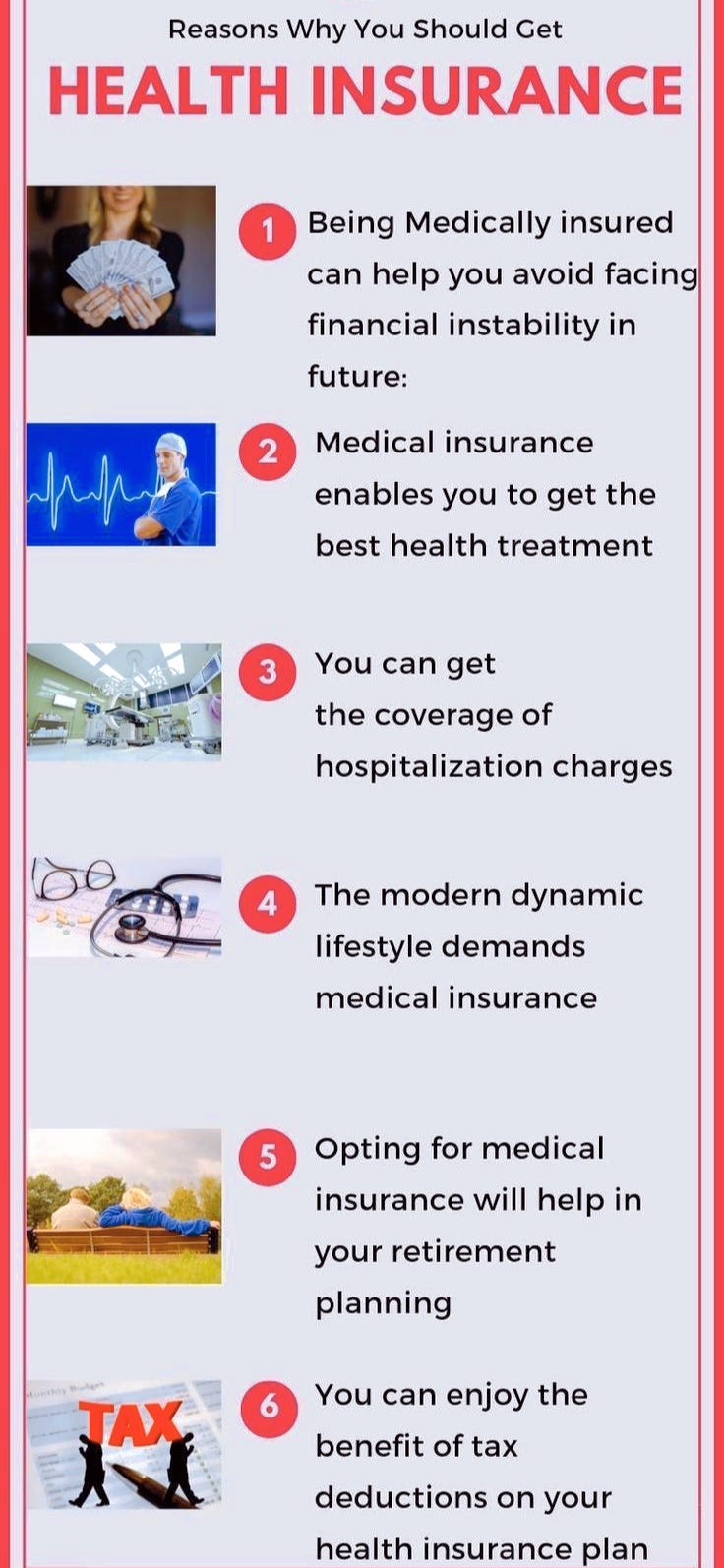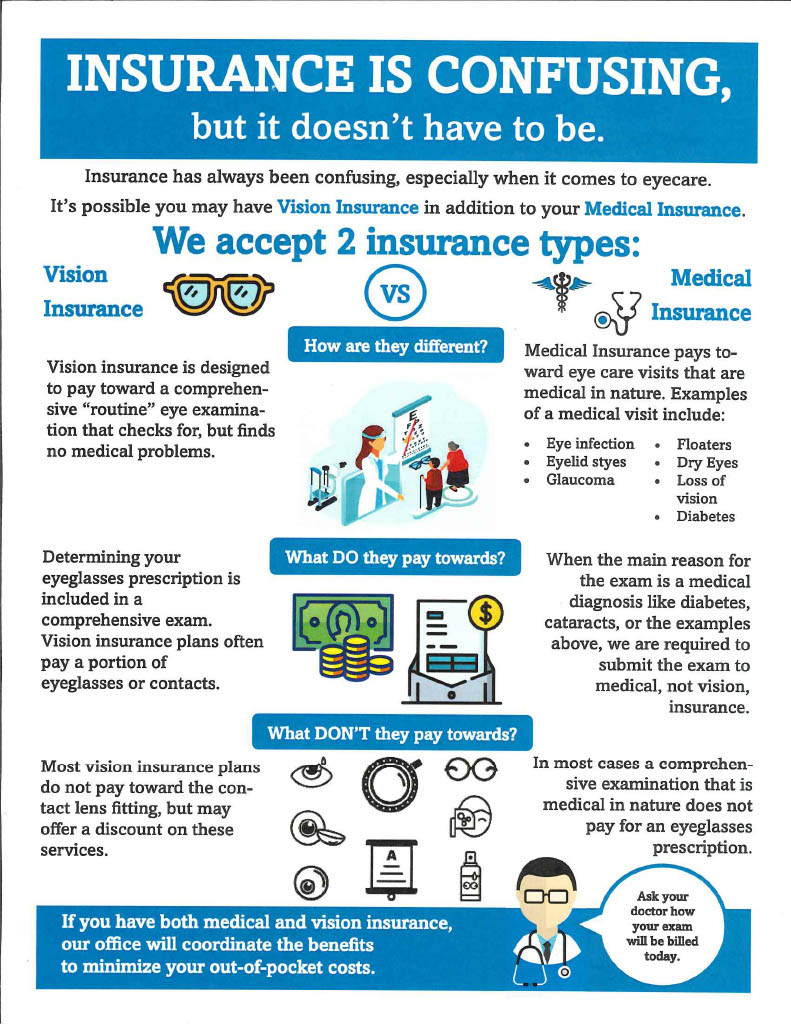The Greatest Guide To Medicare Advantage Agent
The Greatest Guide To Medicare Advantage Agent
Blog Article
The Definitive Guide to Medicare Advantage Agent
Table of ContentsWhat Does Medicare Advantage Agent Do?9 Easy Facts About Medicare Advantage Agent DescribedThe 8-Second Trick For Medicare Advantage Agent

follows from confusing the relatively young age account of the without insurance with the far better health, generally, of younger persons. This obscures the web link between health and wellness standing and medical insurance. For those without accessibility to work environment health insurance, inadequate health and wellness is a prospective obstacle to acquiring nongroup insurance coverage because such coverage may be very priced, omit preexisting conditions, or be merely not available. The number of without insurance Americans is not specifically big and has not transformed in recent times. Seven out of ten participants in a country wide depictive study thought that fewer Americans did not have health and wellness insurance policy than actually do(Fronstin, 1998). About fifty percent(47 percent )thought that the variety of people without medical insurance decreased or stayed consistent over the latter fifty percent of the last decade(Blendon et al., 1999). This drop of virtually 2 million in the variety of people 'without insurance policy (a decrease
of about 4 percent)is definitely a positive adjustment. With a softer economic situation in 2000 the newest reported gains in insurance protection may not proceed(Fronstin, 2001 ). The decrease in the number of without insurance will certainly not proceed if the economic climate remains slow-moving and healthcare prices remain to outpace inflation. This is because the information were accumulated for a duration of strong economic performance. Of the approximated 42 million individuals that were uninsured, all however regarding 420,000(concerning 1 percent)were under 65 years of age, the age at which most Americans come to be qualified for Medicare; 32 million were grownups in between ages 18 and 65, around 19 percent of all adults in this age; and 10 million were kids under 18 years old, concerning 13.9 percent of all youngsters (Mills, 2000). These quotes of the variety of persons without insurance are created from the annual March Supplement to the Current Population Study (CPS), performed by the Demographics Bureau. Unless or else kept in mind, nationwide quotes of people without medical insurance and proportions of the population with different kinds of protection are based upon the CPS, one of the most widely used resource of quotes of insurance protection and uninsurance prices. These surveys and the estimates they yield are defined briefly in Table B. 1 in Appendix B - Medicare Advantage Agent. These studies differ in dimension and tasting approaches, the concerns that are asked about insurance coverage
The smart Trick of Medicare Advantage Agent That Nobody is Talking About
coverage, and the moment duration over which insurance policy protection or uninsurance is measured(Lewis et al., 1998, Fronstin, 2000a ). Still, the CPS is especially valuable because it generates yearly estimates reasonably rapidly, reporting the previous year's insurance coverage approximates each September, and since it is the basis for a consistent collection of estimates for greater than 20 years, enabling analysis of trends in insurance coverage with time.

The 10-Minute Rule for Medicare Advantage Agent
Over a three-year period starting early in 1993, 72 million individuals, 29 percent of the united state population, lacked protection for at the very least one month. Within a solitary year(1994), 53 million people experienced at the very least a month without insurance coverage(Bennefield, 1998a). Six out of every ten uninsured adults are themselves utilized. Although working does improve the possibility that and one's family members will have insurance policy, it is not an assurance. Even participants of family members with 2 permanent wage earners have nearly a one-in-ten possibility of being without insurance (9.1 percent uninsured price)(Hoffman and Pohl, 2000 ). The relationship between medical insurance and accessibility to care is well developed, as documented later on in this phase. The connection between wellness insurance coverage and health and wellness outcomes is neither direct neither basic, an extensive scientific and health and wellness solutions study literature links health insurance protection
to improved enhanced accessibility care, better far betterTop quality and improved personal and population Discover More populace health and wellnessCondition The second record, on individual health end results for uninsured grownups, is stood for by the innermost circle of the number, while the 3rd record, on household health, encompasses the subjects of the 2nd report however emphasizes a different device of analysis, namely, the family. The sixth report in the series will offer information about strategies and initiatives taken on in your area, statewide, or across the country to resolve the lack of insurance policy and its unfavorable effects. Levels of evaluation for analyzing the results of uninsurance. This discussion of medical insurance coverage focuses primarily on the united state population under age 65 because virtually all Americans 65 and older have Medicare or other public insurance coverage.
Furthermore, it focuses particularly on those with no health and wellness insurance for any kind of size of time. The problems dealt with by the underinsured are in some areas similar to those dealt with by the uninsured, although they are generally less serious. Uninsurance and underinsurance, nevertheless, involve noticeably different plan issues, and the techniques for addressing them may vary. Throughout this research study and the her response five reports to comply with, the major emphasis is on persons without medical insurance and hence no help in paying for health care beyond what is offered via charity and safeguard establishments. Health and wellness insurance policy is a powerful aspect impacting receipt of treatment due to the fact that both clients and physicians reply to the out-of-pocket price of solutions. Medical insurance, nonetheless, is neither required nor adequate to access to medical services. Nevertheless, the independent and direct effect of wellness
insurance protection on accessibility to wellness solutions is well developed. Others will certainly obtain the healthcare they need also without health and wellness insurance coverage, by spending for it out of pocket or seeking it from service providers that provide treatment complimentary or at highly subsidized prices. For still others, wellness insurance policy alone does not make certain invoice of treatment due to various other nonfinancial obstacles, such as a lack of health and wellness care carriers in their community, minimal access to transportation, illiteracy, or linguistic and cultural distinctions. Formal research study concerning uninsured populaces in the USA dates to the late 1920s and early 1930s when the Board on the Price of Healthcare generated a series of records about funding doctor workplace brows through and hospitalizations. This concern came to be prominent as the varieties of medically indigent climbed during the Great Depression. Empirical studies continually sustain the link in between access to care and enhanced health end results(Bindman et al., 1995; Starfield, 1995 ). Having a routine resource of treatment can be thought about a forecaster of access, as opposed to a direct action of it, when health and wellness outcomes are themselves used as access indicators. This expansion of the notion of access measurement was made by the IOM Board on Monitoring Access to Personal Healthcare Services(Millman, 1993, p. Whether parents are guaranteed appears to affect whether or not their kids receive treatment as well as just how much careeven if the kids themselves have insurance coverage(Hanson, 1998). The health and wellness of parents can influence their capability to care for their children and the degree of family members tension. look here Bothering with their children's accessibility to care is itself a resource of tension for moms and dads. 3 chapters follow in this record. Chapter 2 gives a summary of exactly how employment-based health and wellness insurance policy, public programs and specific insurance plans run and connect to give substantial yet incomplete protection of the united state populace. This includes a testimonial of historical patterns and public laws impacting both public and private insurance coverage, a discussion of the communications amongst the various sorts of insurance, and an assessment of why individuals move from one program to one more or wind up
:max_bytes(150000):strip_icc()/types-of-employee-benefits-and-perks-2060433-Final-edit-60cedb43c4014fdeb51aa3cd3c25f027.jpg)
Report this page